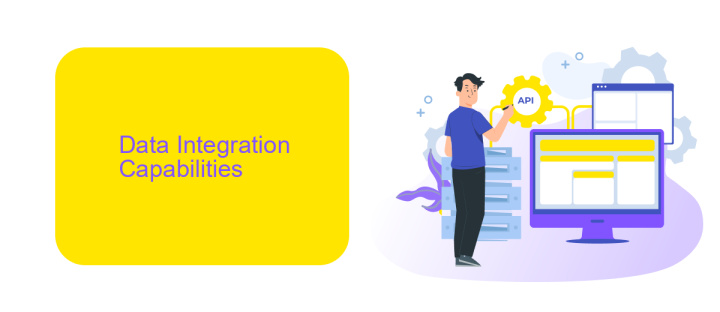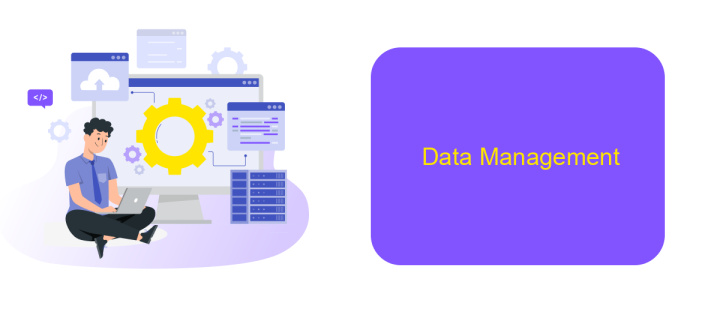Airbyte Vs Azure Data Factory
In the ever-evolving landscape of data integration, choosing the right tool can significantly impact your organization's efficiency and success. This article delves into a comparative analysis of Airbyte and Azure Data Factory, two prominent data integration platforms. By examining their features, performance, and ease of use, we aim to help you determine which solution best meets your specific needs.
Introduction
In today's data-driven world, the need for efficient data integration solutions has never been more critical. Businesses are constantly seeking ways to streamline their data workflows, ensuring seamless connectivity between various data sources and destinations. Two popular platforms that have emerged in this space are Airbyte and Azure Data Factory. Both offer robust capabilities, but their approaches and features differ significantly.
- Airbyte: An open-source data integration platform that provides flexibility and a wide range of connectors.
- Azure Data Factory: A cloud-based data integration service from Microsoft, known for its scalability and integration with other Azure services.
Choosing the right data integration tool depends on various factors, including the specific needs of your organization, the complexity of your data workflows, and your existing technology stack. Additionally, services like ApiX-Drive can further enhance your data integration efforts by providing easy-to-use automation tools that connect multiple applications and streamline your data processes. This comparison aims to help you make an informed decision by highlighting the strengths and weaknesses of each platform.
Data Integration Capabilities

When it comes to data integration capabilities, both Airbyte and Azure Data Factory offer robust solutions tailored to different needs. Airbyte is an open-source ETL platform that allows users to easily create, manage, and scale data pipelines. Its modular architecture supports a wide range of connectors, making it flexible for integrating various data sources. Users can also leverage community-contributed connectors, ensuring continuous expansion and adaptability to new data sources.
Azure Data Factory, on the other hand, is a fully managed data integration service by Microsoft. It excels in integrating data from diverse sources, including on-premises and cloud-based systems. With its intuitive interface, users can design complex workflows and data transformations without extensive coding. Additionally, it offers seamless integration with other Azure services, enhancing its capabilities for comprehensive data processing and analytics. For those looking to streamline their integration processes further, services like ApiX-Drive can be a valuable addition, offering automated data transfer and synchronization between various applications, thus complementing both Airbyte and Azure Data Factory in achieving efficient data integration.
ELT Pipeline Features

When comparing ELT pipeline features between Airbyte and Azure Data Factory, it's essential to consider the specific needs of your data integration process. Both platforms offer robust capabilities, but they cater to different user requirements and levels of technical expertise.
- Data Source Integration: Airbyte provides a wide range of pre-built connectors, making it easy to integrate various data sources. Azure Data Factory also supports numerous connectors but requires more configuration.
- Data Transformation: Azure Data Factory excels in data transformation with its built-in data flow capabilities, whereas Airbyte focuses more on the extraction and loading phases, relying on external tools for transformation.
- Scalability: Both platforms are designed to scale, but Azure Data Factory offers more comprehensive cloud-native scalability options, benefiting from the broader Azure ecosystem.
- Ease of Use: Airbyte's user-friendly interface and open-source nature make it accessible for smaller teams, while Azure Data Factory's complexity might require more technical expertise.
For those looking to streamline integration setups, services like ApiX-Drive can be a valuable addition. ApiX-Drive simplifies the process of connecting various applications and automating data workflows, complementing the capabilities of both Airbyte and Azure Data Factory.
Data Management

Effective data management is crucial for any organization aiming to harness the full potential of its data assets. Both Airbyte and Azure Data Factory offer robust solutions for data integration and transformation, but they approach the task differently. Airbyte focuses on open-source, customizable connectors, making it ideal for organizations that need flexibility and control over their data pipelines.
On the other hand, Azure Data Factory provides a comprehensive, managed service that integrates seamlessly with other Azure services. This makes it a strong choice for enterprises already invested in the Azure ecosystem, offering scalability and ease of use. Both platforms support a wide range of data sources and destinations, ensuring that your data flows smoothly across systems.
- Airbyte: Open-source, customizable connectors
- Azure Data Factory: Managed service with seamless Azure integration
- Wide range of supported data sources and destinations
- Scalability and ease of use
For those looking to simplify the setup of integrations, services like ApiX-Drive can be invaluable. ApiX-Drive offers a user-friendly interface for connecting various applications and automating data flows, making it easier to manage and synchronize data across different platforms. Whether you choose Airbyte or Azure Data Factory, leveraging additional tools like ApiX-Drive can enhance your data management strategy.
Pricing and Support
When comparing Airbyte and Azure Data Factory, pricing and support are crucial factors to consider. Airbyte offers a free open-source version, making it an appealing choice for startups and small businesses. For larger enterprises, Airbyte provides a paid cloud version with additional features and support. Azure Data Factory, on the other hand, operates on a pay-as-you-go model, which can be cost-effective for businesses with variable data integration needs. However, the costs can add up quickly for extensive data processing tasks.
In terms of support, Airbyte has a strong community-driven support system, with active forums and extensive documentation. Paid plans offer dedicated support to ensure smooth operations. Azure Data Factory benefits from Microsoft's robust support infrastructure, including 24/7 technical assistance, comprehensive documentation, and a wide range of training resources. For those looking to simplify the integration process further, services like ApiX-Drive can be invaluable, offering easy setup and management of data pipelines across various platforms.


FAQ
What are the primary differences between Airbyte and Azure Data Factory?
Which tool is better for small to medium-sized businesses?
Can I use both Airbyte and Azure Data Factory together?
How do these tools handle data transformation?
What options are available for automating and integrating these tools with other services?
Time is the most valuable resource for business today. Almost half of it is wasted on routine tasks. Your employees are constantly forced to perform monotonous tasks that are difficult to classify as important and specialized. You can leave everything as it is by hiring additional employees, or you can automate most of the business processes using the ApiX-Drive online connector to get rid of unnecessary time and money expenses once and for all. The choice is yours!

